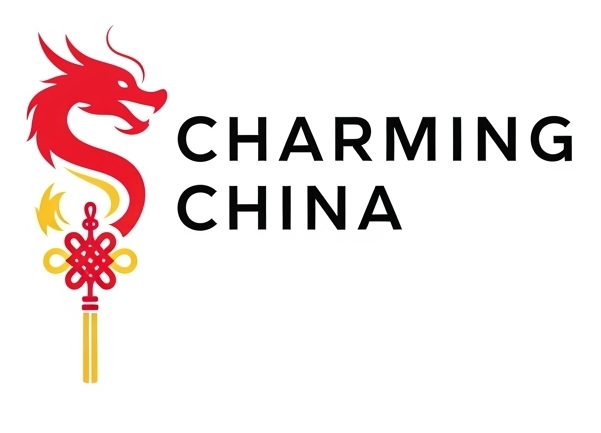Myths & Legends
Long before history was written down, the Chinese people told stories—tales of gods, spirits, dragons, and heroes that explained the mysteries of life, nature, and the universe. These myths and legends are more than bedtime stories; they are the foundation of Chinese values, philosophy, and imagination.
Whether passed down through ancient texts or whispered across generations, these legends continue to inspire art, festivals, and even modern cinema. Here’s your guide to some of the most beloved and powerful myths in Chinese culture.
1. Pangu and the Creation of the World
In the beginning, there was chaos—a cosmic egg. From it emerged Pangu, the first living being. He separated Yin and Yang, forming the sky and earth. For 18,000 years, Pangu held them apart until he collapsed, his body transforming into the world:
- His breath became the wind
- His voice became thunder
- His eyes became the sun and moon
- His blood became rivers
- His bones became mountains
A creation story rooted in balance and transformation.
2. Nuwa: The Mother of Humanity
When the sky cracked and the world fell into ruin, the goddess Nuwa molded humans from clay. Later, she melted five-colored stones to repair the sky, restoring cosmic order. Nuwa is a symbol of compassion, creativity, and the divine feminine in Chinese mythology.
3. The Jade Emperor and the Heavenly Court
High above in the celestial palace rules the Jade Emperor (玉皇大帝), the supreme deity who oversees all gods, immortals, and spirits. His celestial bureaucracy mirrors China’s imperial system, with gods assigned roles for weather, stars, time, and justice.
The spiritual order reflects earthly harmony.
4. The Legend of the Monkey King (Sun Wukong)
The rebellious, clever, and powerful Monkey King was born from stone and mastered martial arts, magic, and transformation. His journey in Journey to the West alongside the monk Xuanzang is one of the Four Great Classical Novels of China. Sun Wukong symbolizes wit, freedom, and inner strength.
5. Chang’e: The Moon Goddess
During the Mid-Autumn Festival, Chinese families look up at the full moon and think of Chang’e, the moon goddess. According to legend, she drank an elixir of immortality and floated to the moon, where she now lives with a jade rabbit. A story of love, sacrifice, and longing, it continues to touch hearts today.
The moon becomes a mirror of eternal love and solitude.
6. The Dragon: Guardian of Water and Power
Unlike Western dragons, Chinese dragons are noble, wise, and divine. They control rain, rivers, and oceans, and are symbols of the emperor and natural forces. Dragons appear in myths as protectors, guides, and harbingers of luck.
Powerful, but benevolent—majestic beings of sky and sea.
7. The Eight Immortals (Ba Xian)
These legendary Daoist figures each represent a different path to immortality—through discipline, art, knowledge, or spirit. They are often seen crossing the sea, defeating evil, or helping the common people. The Eight Immortals are a favorite subject in Chinese art and folklore.
8. The Cowherd and the Weaver Girl
This tragic love story tells of Niulang (the cowherd) and Zhinü (the weaver girl), lovers separated by the Milky Way. Once a year, on the Qixi Festival (Chinese Valentine’s Day), they are reunited by a bridge of magpies. A timeless tale of love defying cosmic separation.
Why These Legends Still Matter
Chinese myths are not just tales of fantasy—they’re mirrors of human experience. They teach:
- Harmony between humans and nature
- The importance of loyalty, balance, and respect
- That even gods and immortals have flaws, hopes, and challenges
They are cultural roots that continue to blossom through literature, festivals, animation, and modern storytelling.
From dragon kings to moon goddesses, from cosmic eggs to talking monkeys, Chinese myths offer a vivid universe of imagination and wisdom. These stories continue to inspire and enchant—inviting us to look beyond the ordinary and embrace the mythical in everyday life.
